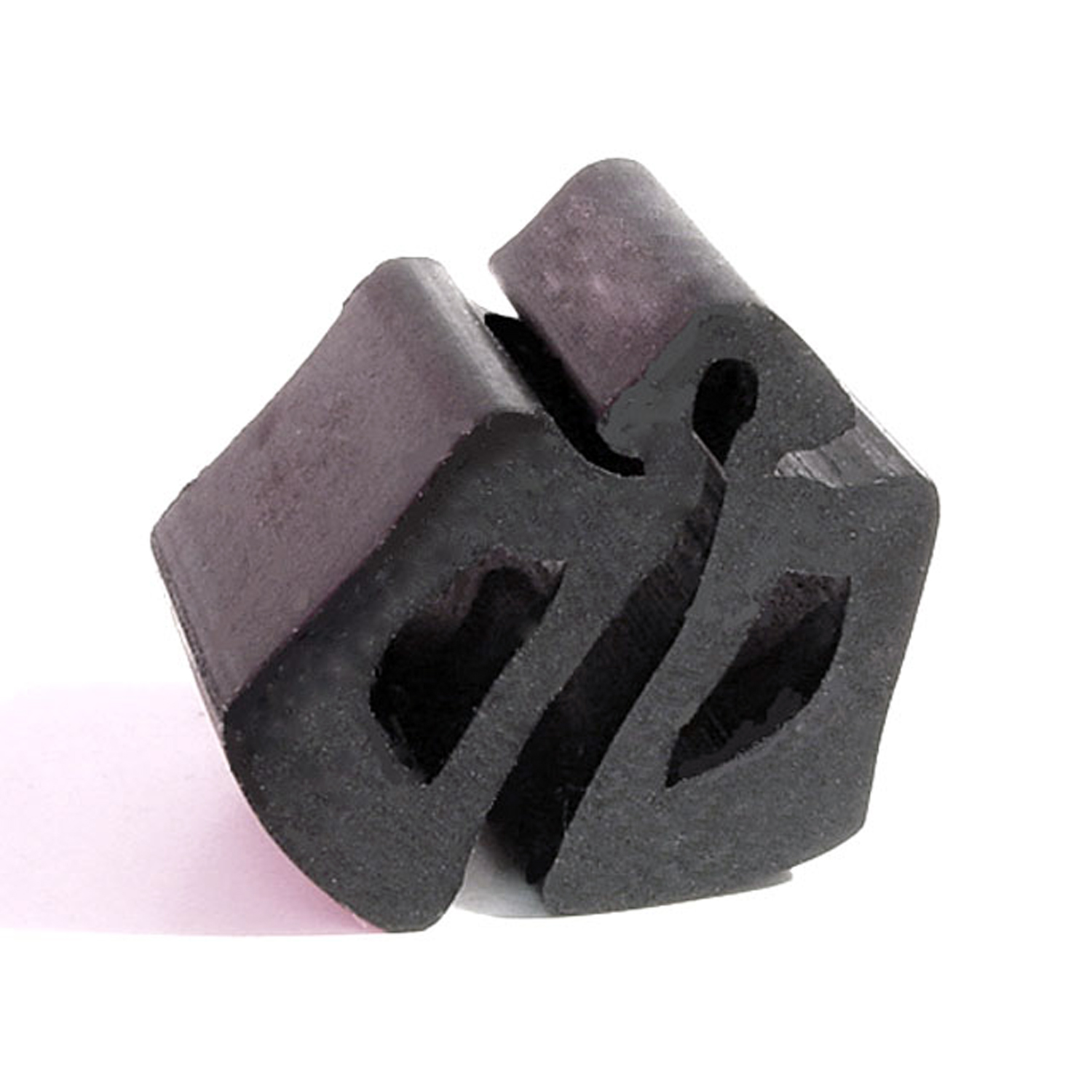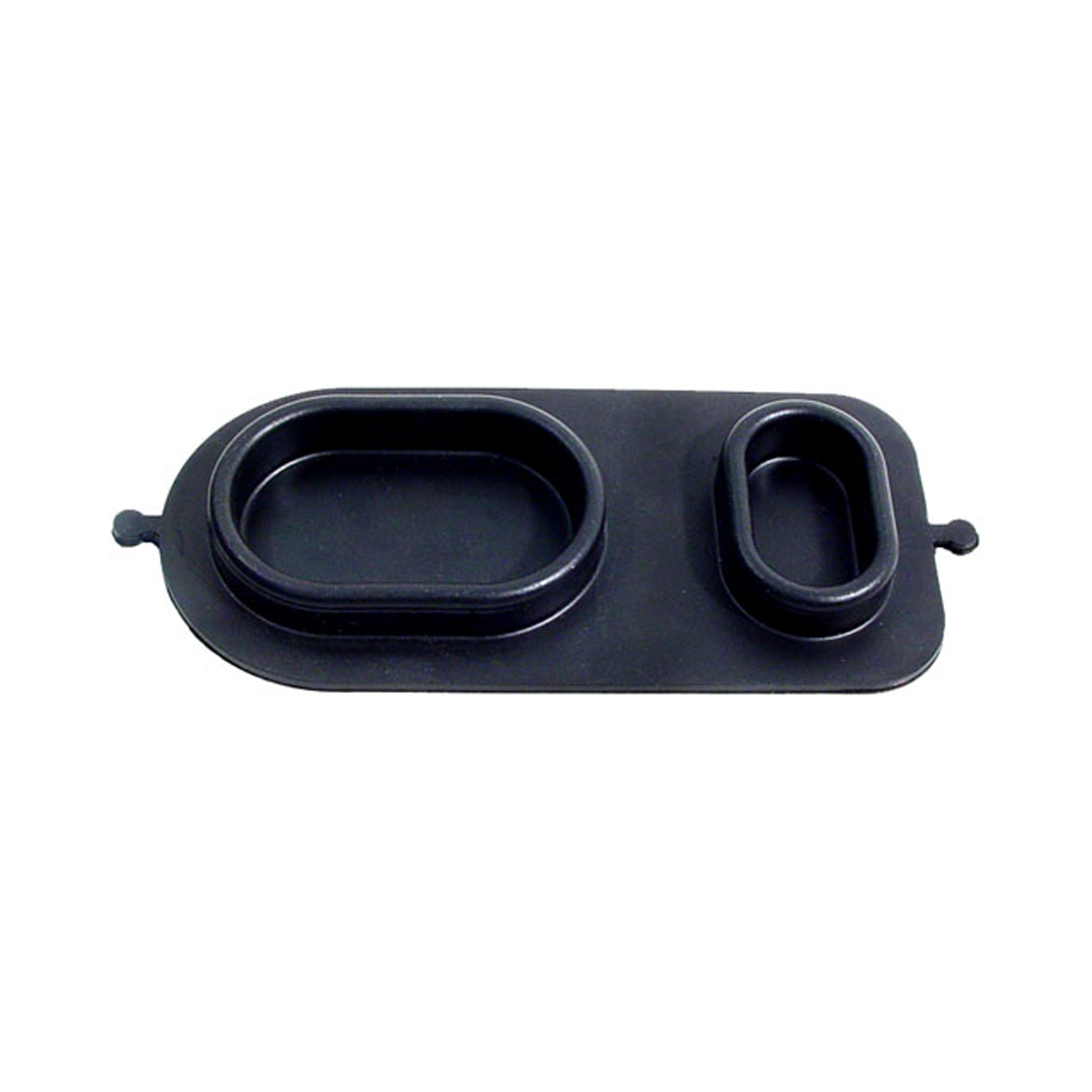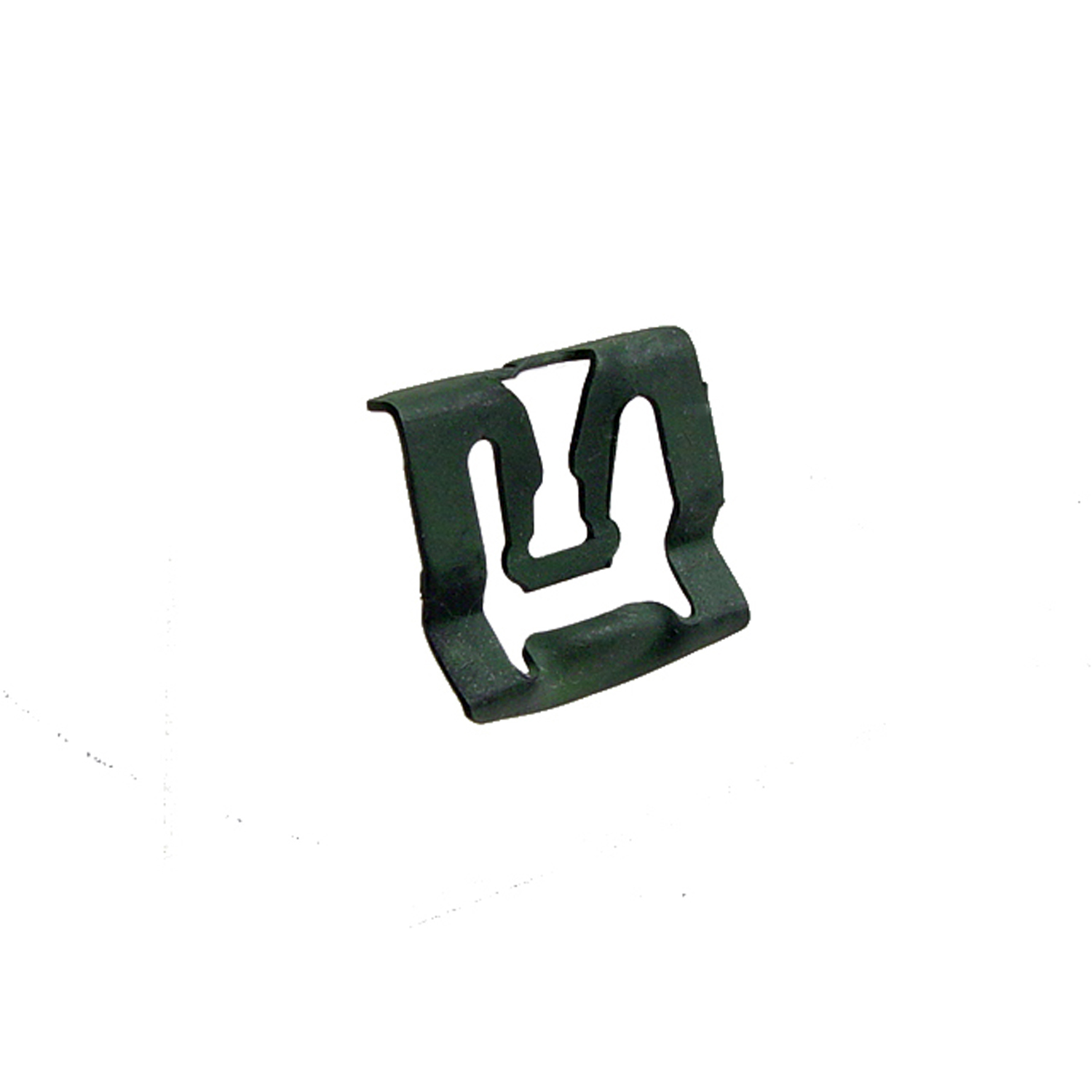Image of 1971 Mercury Comet, sourced from www.fastlanecars.com , Image Link.
Performance Metrics
Fundamental Metrics
Emotional Appeal
MMP Rating
| Engine Specifications | |
|---|---|
| Engine Options: | 200 CID I6, 250 CID I6, 302 CID V8 |
| Displacement Range: | 200-302 cubic inches |
| Horsepower Range: | 115-210 hp |
| Torque: | 190-296 lb-ft |
| Compression Ratio: | 8.8:1 - 9.0:1 |
| Ignition System: | Conventional breaker-point ignition system |
| Cooling System: | Liquid-cooled |
| Performance Specifications | |
| 0-60 Time: | Estimated 10-12 seconds |
| 1/4 Mile Time: | Estimated 17-19 seconds |
| Top Speed: | 105-115 mph |
| Transmission and Drive | |
| Drive Type: | Rear-wheel drive |
| Transmission Type: | 3-speed manual, 3-speed automatic, 4-speed manual |
| Fuel and Efficiency | |
| Fuel System Type: | Carburetor |
| MPG: | Estimated 15-20 mpg |
| Dimensions and Brakes | |
| Brakes: | Front disc and rear drum brakes |
| Wheelbase: | 109.9 inches |
| Weight: | 2,800-3,200 lbs |
Note: Specifications for classic cars are given to the best of our ability, considering the limited and variant data available.
1971 Mercury Comet: A Forgotten Gem of American Automotive History
The 1971 Mercury Comet emerges from the shadows of automotive history as a testament to American ingenuity and design flair. Born from the stables of Mercury, a division of the Ford Motor Company, this compact car made its mark during an era where size was beginning to give way to efficiency and style. The Comet's origin can be traced back to the early 1960s, but it was in 1971 that it received a significant restyling, aligning it with the tastes of a changing market. Notably, this was the year when the Comet adopted a new grille design that gave it a distinct personality within the Mercury lineup.
Design and Innovation
The exterior styling of the 1971 Mercury Comet was both modest and appealing, featuring clean lines and chrome accents that exuded understated elegance. The car's long hood and short deck proportions were reminiscent of muscle car aesthetics, yet it retained a more approachable and practical demeanor. Inside, passengers were greeted with a functional interior that prioritized comfort over luxury. Materials ranged from durable vinyl to plush cloth, catering to a variety of tastes and budgets. Technologically, the Comet offered features like optional power steering and air conditioning—amenities that were becoming increasingly common in compact cars.
Color options for the 1971 Comet included vibrant hues like Grabber Blue and Competition Yellow, which were particularly popular among younger buyers. Body styles varied from a two-door coupe to a four-door sedan, with the two-door version often stealing the spotlight for its sportier appeal.
Historical Significance
The 1971 Mercury Comet stood out for its ability to offer an attractive blend of economy and style during an era when fuel prices were beginning to concern American drivers. Its significance lies not just in its design but also in its role as a bridge between the larger gas-guzzlers of the '60s and the more fuel-efficient models that would follow in the '70s.
Performance and Handling
Performance-wise, the 1971 Comet was no slouch. Equipped with an available 302 cubic inch V8 engine, it could achieve respectable acceleration figures for its class. While top speed was not its forte, it delivered adequate power for everyday driving. Handling was typical for compact cars of the time; while not sportscar-sharp, it managed bumps and windy roads with poise. Drivers could expect a comfortable ride quality along with the throaty rumble of an American engine—a sound that still resonates with classic car enthusiasts today.
Ownership Experience
The Comet served well as a daily driver but also found its niche among collectors and classic car show enthusiasts. Its reliability was commendable for its time, with parts being relatively easy to source due to shared components with other Ford models. This made maintenance straightforward for those familiar with American cars of this period.
Fun Facts
A little-known fact about the 1971 Mercury Comet is that it shared some components with its corporate cousin, the Ford Maverick, making some parts interchangeable between them. While not known for breaking records or high-profile celebrity ownerships, this model has carved out its niche among classic car aficionados who appreciate its simplicity and charm.
Collector's Information
Today's collector market sees the 1971 Mercury Comet as an accessible entry into classic car ownership. With production numbers not as high as some other contemporaries, finding one in pristine condition can be challenging. Estimates suggest that values can range significantly based on condition, originality, and options—with well-maintained examples fetching higher prices. As interest in '70s vehicles grows, prices for models like the Comet may see an uptick in appreciation.
Conclusion
The 1971 Mercury Comet is more than just another vintage vehicle; it's a slice of Americana that captures the essence of an era in transition. With its blend of style, practicality, and performance, it offers something special for those looking to experience or collect a piece of automotive history. As we look back on this understated classic, we're reminded that sometimes true value lies not in fame or power but in character and reliability—a legacy that the Mercury Comet carries with pride.
1971 Mercury Comet Catalog of Parts
 1971 Mercury Comet Hood Bumper. Each-HF 2Hood Bumper. Each
1971 Mercury Comet Hood Bumper. Each-HF 2Hood Bumper. Each 1971 Mercury Comet Brake Master Cylinder Cover Seal. Replaces OEM #5470861-RP 2-CBrake Master Cylinder Cover Seal. Replaces OEM #5470861. 5-9/16" long, 2-5/8" wide. Each
1971 Mercury Comet Brake Master Cylinder Cover Seal. Replaces OEM #5470861-RP 2-CBrake Master Cylinder Cover Seal. Replaces OEM #5470861. 5-9/16" long, 2-5/8" wide. Each 1971 Mercury Comet Brake Booster Boot. Each-RP 32-AABrake Booster Boot. Each
1971 Mercury Comet Brake Booster Boot. Each-RP 32-AABrake Booster Boot. Each 1971 Mercury Comet Windshield Reveal Molding Clip. Made of steel. Each-WF 228-AWindshield Reveal Molding Clip. Made of steel. Each
1971 Mercury Comet Windshield Reveal Molding Clip. Made of steel. Each-WF 228-AWindshield Reveal Molding Clip. Made of steel. EachWhy Choose Metro?
For over 100 years, Metro Moulded Parts has been the pinnacle of quality in classic car restoration parts. Our commitment to precision and authenticity in every component ensures a perfect fit and an OEM-level appearance.
- Expert Craftsmanship & Quality: Each part is a testament to our dedication to reliability and perfection, crafted from original designs and thoroughly tested.
- Advanced Technology: We use cutting-edge techniques to create flawless, long-lasting parts that surpass others in performance.
- SuperSoft Sponge – The Ultimate Door Seal: Not only are our door seals 30% softer than competitors', but they're also guaranteed to never leak. They effectively reduce wind and road noise, enhancing your classic car's comfort and driving experience.
- Proudly American: Our parts are a product of American craftsmanship, made in the USA with a spirit of excellence and heritage.
- Unrivaled Warranty: We back our products with a 30-year industry-leading warranty, a testament to our confidence in their quality.
Join us in preserving the legacy of classic cars with parts that are crafted for perfection, not just made.

